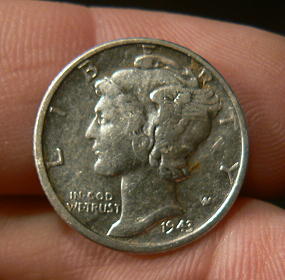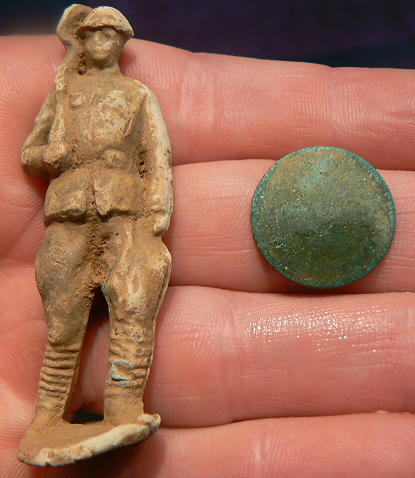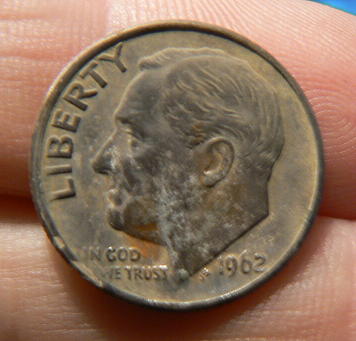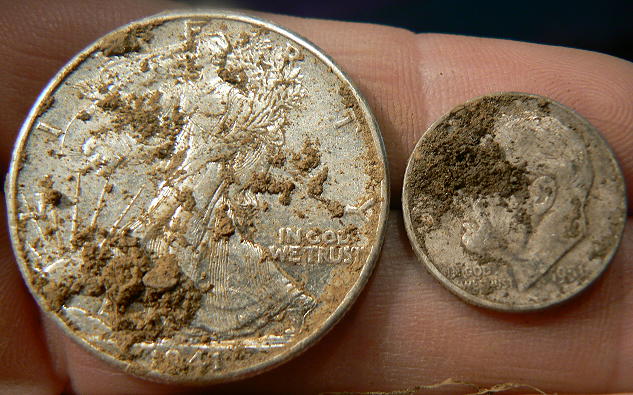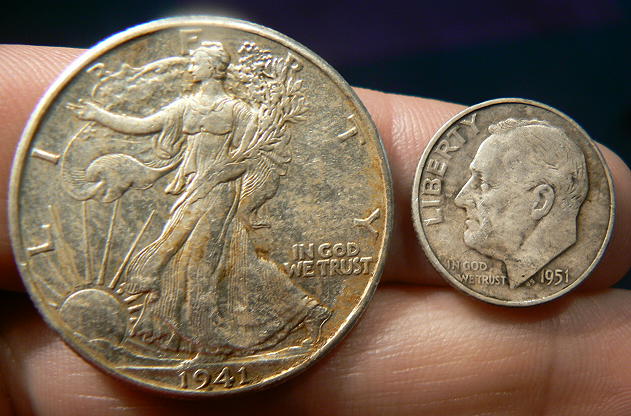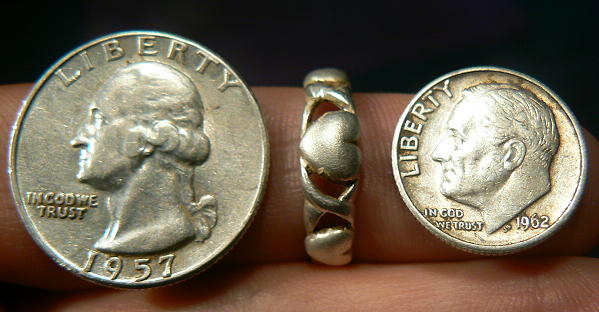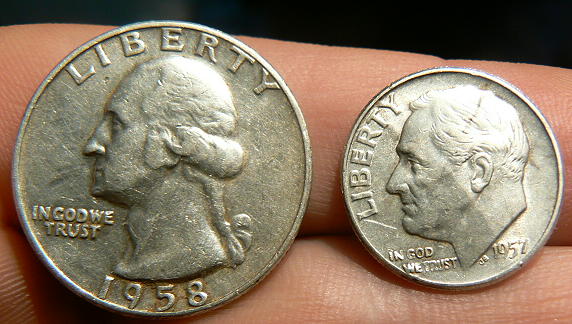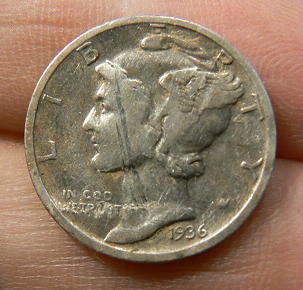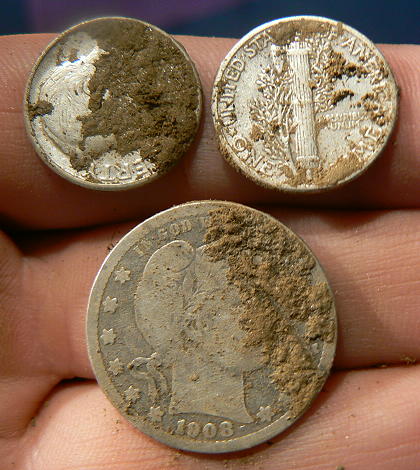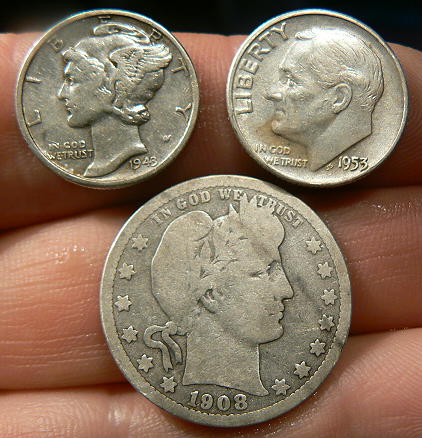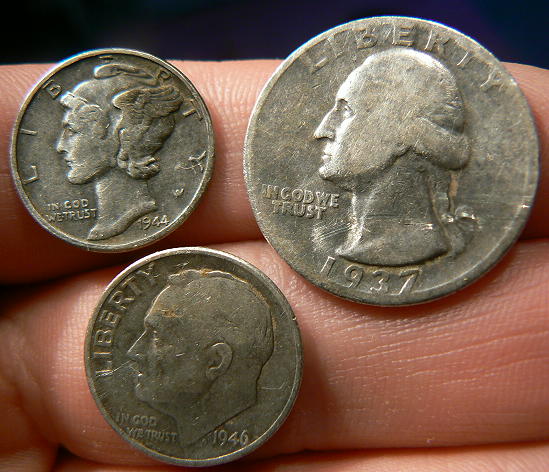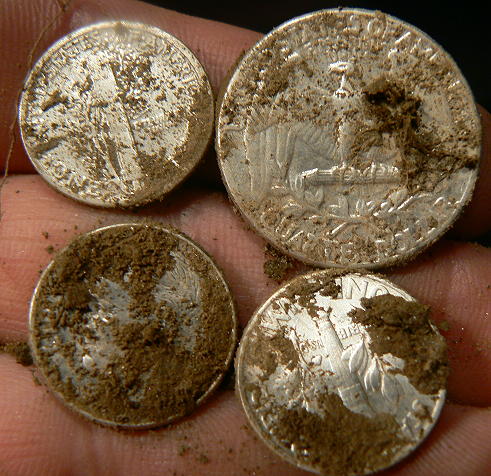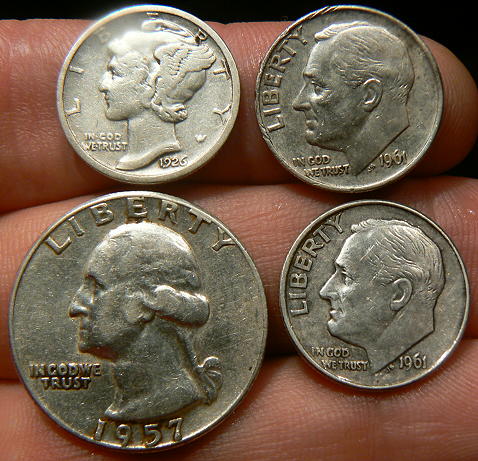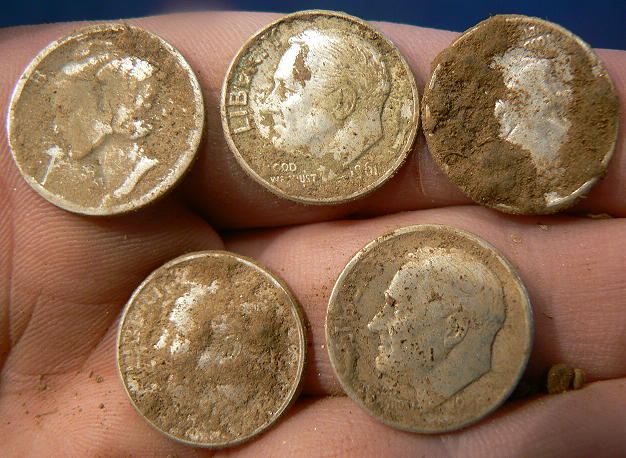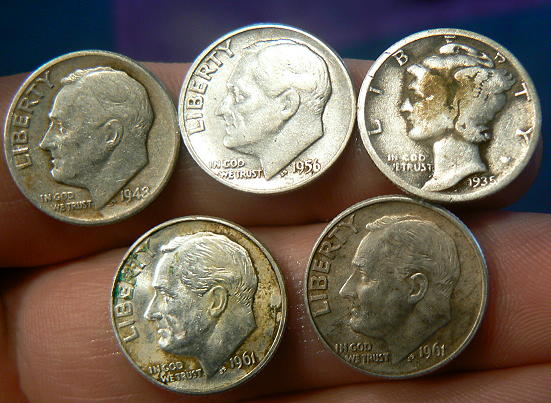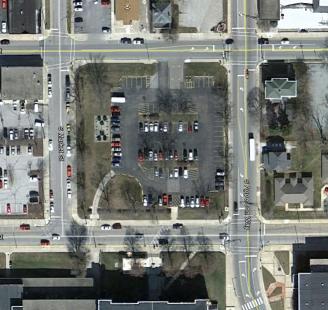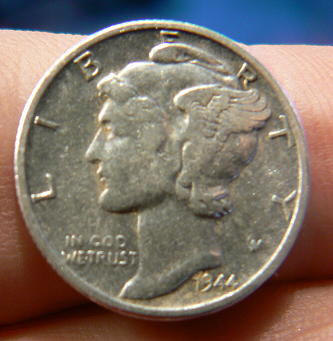Finally got out to do a little coil testing, to the site where most of April’s silvers have come from. The idea was to go over the area I had gridded out in 2011 with the pro coil, this time with the Ultimate 13, and, if I got an iffy signal, swap out the coils to see if I could hear the target with the pro coil. Then, if I had time, I would reverse the experiment and lead with the pro coil. I wanted to see if I could find evidence that the Ultimate 13 was deeper, by maybe finding a silver I missed in 2011.
I didn’t. In fact, the test really didn’t show any material difference between the coils in terms of depth, which I define as simply giving a signal I would feel like digging (and I don’t like to dig, so it has to be a decent repeatable signal with tight pinpoint, and that “bounce”). Of course, its hard to get a deep iffy signal in the first place, and its also hard to control for all variables, such as sweep speed, channel, positioning, and so forth (each coil seemed to like different channels on the same dirt, which makes sense, cause each is actually seeing different dirt).
If anything, the pro coil gave better ID at depth, which surprised me, as past anecdotal and statistical evidence seemed to suggest the opposite (and I know I have claimed that in the past), this is of course why you try to do controlled experiments if you can. When you think about it, this makes sense, as I had one target that came in as an 11-47 on the big unit, and a 12-43 on the pro coil. It was right next to a hunk of iron (you could hear the null), and the big unit is seeing more of the iron and adding it in than the smaller coil. Separation was fine with both tho, but the pro coil was right — it was a penny.
One other signal was an iron that the big unit gave me a 50/50 silver/iron, and the pro coil was pretty sure it was iron. But, had it been a silver, would the big unit have been right? Maybe. I think it is a more aggressive coil, enticing me to dig some of these, and sometimes they work out.
The big unit, of course, has better width, and this is actually important, if you can’t keep a tight, overlapping grid. You could be off quite a bit with this coil and still hear the target; with the pro coil, I had to be pretty much on top of it, and this may be its big advantage, even if depth and TID at depth aren’t really proven. You can work a site more efficiently and faster with the big unit.
Obviously, the pro coil was quieter. There was no material difference in the auto rec, so I imagine mineralization affects them about the same. As I said, they each wanted different channels, and I did lots of channel testing with each one, what it wanted, what the other wanted, on the same target, and so forth, and when the big unit wanted channel 7, couldn’t hear the target at all. Of course, we know channel 7 is a crap channel, but it doesn’t hurt to keep being reminded that keeping an eye on channel matters. In fact, which channel I was on made more of a difference than which coil I had on.
I got bored of doing the tests, and eventually just decided to expand the grid into undetected sections of the site, working off where I found a silver Q last time I was here. I happened to have the pro coil on, and nailed a merc. This is a brutally mineralized section (the auto rec can go as low as 10 here), and it was a tough signal; a choppy 10-47 that easily could have been mistaken for an iron target, It was like 4 inches deep, and I figured it was a clad Q. Would have been nice to see how the big unit reacted to this merc, in hindsight, but I was too burnt out by that point on the test.
Well, I still like the big unit, even if I can’t prove it is deeper. I think I do better with it than I do with the pro coil. I can see so many flaws in the experiment that I’m not sure it was worth doing, but it was fun anyway until I got burnt out swapping them (and it is pretty easy with a duplicate shaft; I wouldn’t bother if I had only one set of hardware, tho). You can’t draw conclusions from a test that involved less than 10 targets, none of them really deep and iffy, at least in the less mineralized section. There’s more I could write about better experiment design (which would involve a more long term, statistical approach), but I’m tired, so that’s that.

